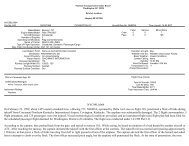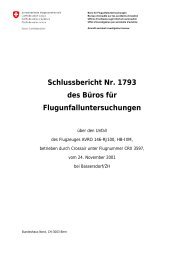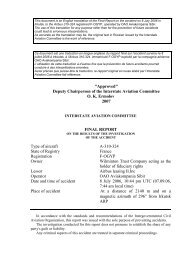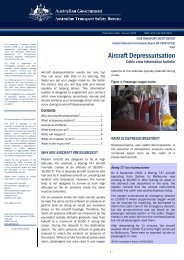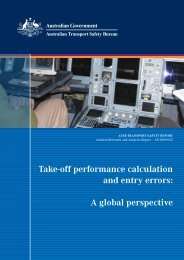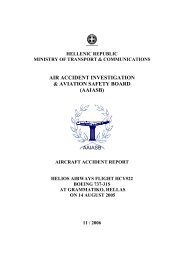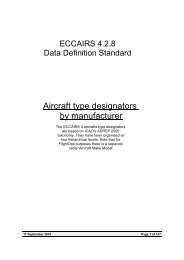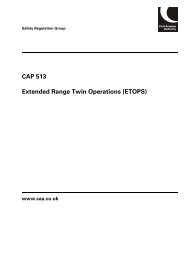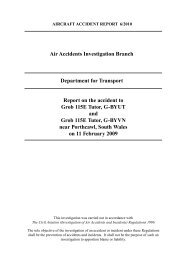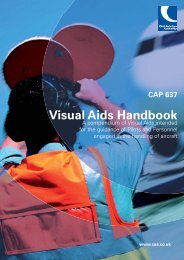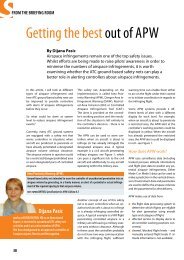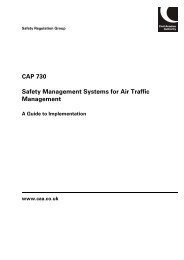CAP 772 - Birdstrike Risk Management for Aerodromes - SKYbrary
CAP 772 - Birdstrike Risk Management for Aerodromes - SKYbrary
CAP 772 - Birdstrike Risk Management for Aerodromes - SKYbrary
You also want an ePaper? Increase the reach of your titles
YUMPU automatically turns print PDFs into web optimized ePapers that Google loves.
<strong>CAP</strong> <strong>772</strong> <strong>Birdstrike</strong> <strong>Risk</strong> <strong>Management</strong> <strong>for</strong> <strong>Aerodromes</strong><br />
3.2.8.8 Once airborne, the flock will need sufficient time to approach and investigate the<br />
source of the calls be<strong>for</strong>e the broadcast is terminated. A broadcast should be of about<br />
90 seconds duration. Species that do not have distress calls will sometimes follow the<br />
lead of those that do.<br />
3.2.8.9 Lapwings often take flight and fly around in wide circles at some distance, without<br />
approaching, in which case it may be necessary to edge <strong>for</strong>ward and turn the vehicle<br />
to keep the flock in the sound beam. In summer, Lapwing flocks may be mostly or<br />
entirely composed of juveniles, and react poorly to distress calls.<br />
3.2.8.10 Starlings commonly fly directly away and it may be necessary to follow them slowly<br />
to prevent them from re-alighting. Local birds, especially Corvids, after repeated<br />
exposure to distress calls, may eventually omit the approach phase of the response<br />
and depart immediately on hearing the calls or, even, at the approach of the familiar<br />
vehicle. It may be necessary to follow to ensure that they depart the aerodrome.<br />
March 2007<br />
Chapter 4 Page 9





